Local woods – Part III
9 surprising things you can make out of local wood
You’ve found some local wood and it is ready for the lathe. So what to do with your wood? Sometimes walking into your shop feels like shopping on December 24th. So many choices and so little time! One problem with so many choices is the need for practicing technique before tackling a really special burl or grained wood for a large bowl. Using up smaller branches and cutoffs gives you extra practice, in preparation for a bigger project, while still letting you make some beautiful and useful items to stock your inventory for seasonal sales. Here are 9 ideas for taking some of the smaller pieces in your wood stash and producing useful items from them.
These smaller items are great for filling out price points for craft sales and Christmas venues.
1. Pens, Key Chains, and Bottle Toppers
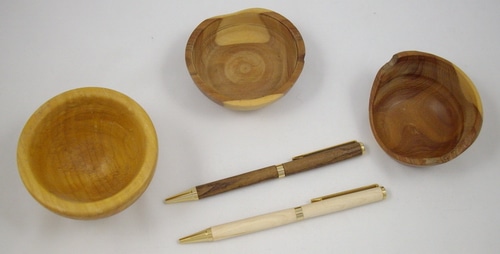
Blanks for pens or key chains are small and easy to retrieve from smaller branches. Try not to include the centre or pith. You might be able to drill that section out for your brass tube. Work on larger pieces before cutting out the actual pen blank for the pens you want to turn. Areas to select are points where there are branches or wrinkled bark. These are places where you are more likely to find figure in the wood. Straight branches let you see the texture and grain of the regular wood. I was surprised by the whiteness of Columbia Hawthorne the first time I turned it. Remember to make the blank larger in diameter as there might be blemishes that need to be adjusted for. The length of the blank will be determined by the pen/key/bottle hardware that you are using. Bottle tops usually require a greater diameter than for the pens or key chains.
2. Fobs for window blinds and fan chains
These little items are useful for adding a personal touch to blinds or fans. You also don’t need any hardware to produce them. Turn the small blocks between centre and include a spigot to go into a jam chuck or a mechanical chuck. It is best to drill out the hold for the chord or chain while the item is still on the lathe. These can use up lots of small blocks that are produced when you cut out larger items like bowls or billets.
3. Small bowls
These are turned like regular bowls but are usually smaller because of getting branches from an orchard or limbed tree. You could easily include a natural edge to the bowl. Do be careful to secure the blank to the lathe even though it is a small piece of wood. Crotches of the trees are good spots to take bowls from because that is where the tree is stressed and the figure is formed in the wood. As the bowls are small you should turn them with quite thin walls, 1/4 ” or less. This would allow the bowls to contract and move without splitting, adding character and charm. These bowls could be used for catching change on a bedside table or paper clips on a desk.
4. Toy tops
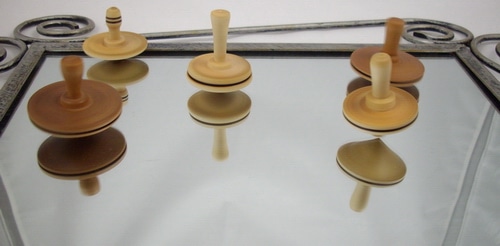
Toy tops are turned the same way as fobs but without the hole in the centre. An obtuse angle (greater than 90 degrees) is better for spinning than a sharp one. Use a right angle layout square to give you an idea of the angle on the lathe. The spindle part for spinning needs to be fairly thin but sturdy enough to survive being a toy. You will have to experiment to find the shapes that work best for you.
5. Spurtles, Stirring Sticks, and Wands

A spurtle is a stirring stick used to cook oatmeal. A blank at least 1″ in diameter should be used. These are excellent items to practice your spindle turning techniques. On the other hand, a wand is a stirring stick with a thin end! Be creative with the decorations on the handle and careful not to give it to too young of a magician.
6. Small Vases
Wood is Fun has some pictures showing how to turn a small vase out of off-cuts. Small pieces of local wood would work just as well. This example uses glass tubes to hold the flowers in but you could call the vase a weed pot for dried local flowers. Local flowers and local woods are a great combination.
7. Nostepinde
This is a wooden ball winder from Norway. The main points are a handle that fits nicely into a Lady’s hand, a reasonable length to the shaft for winding the wool onto, and a slight taper on the shaft so that the ball, when finished, slides easily off the end. A decoration between the handle and shaft serves as a place to tie the yarn onto. This requires a very smooth surface for the shaft so that the yarn doesn’t catch on it. I normally sand to 800 grit and steel wool then finish with carnauba wax.
8. Little boxes

I have done a few of these. The nature of the box seems to flow from the wood you are turning. Take a 2″ to 3″ diameter branch 5″ or so long. Turn a spigot on one end (the larger end) for your chuck. Don’t turn the branch round! (see box on the right) Move to the middle of the branch or a little higher and start turning the branch round and leaving the bottom portion natural. You’ll have to follow the usual box procedures for shaping and finishing the top and bottom. Remember that you are using the whole branch and the hole for the box can extend below your turn line. The end result is quite charming.
9. Christmas Tree Ornaments
This is an open-ended category. You can make wooden icicles out of local wood that is not heavy. In my area, I would use Trembling Aspen as it dries very light. (see picture) You could also turn balls or bells as ornaments as well. There are ornament kits similar to key chains that can be turned on standard pen turning mandrels and bushings.
Actually, anything you normally turn can also be turned from local wood. The uniqueness of local woods could make any of these projects quite attractive at the local market or craft fairs. Consider combining different species and doing segmented turnings to add variety to the results. These items are quite small and finishing with carnauba wax or oil finish with shellac provides enough of a sealant to eliminate the dangers of cracking or splitting as the item dries.
So what treasure did you find in your stash? Share pictures and I’ll post them online. I’m going to try some Christmas Tree ornaments from Grand Forks Linden wood.

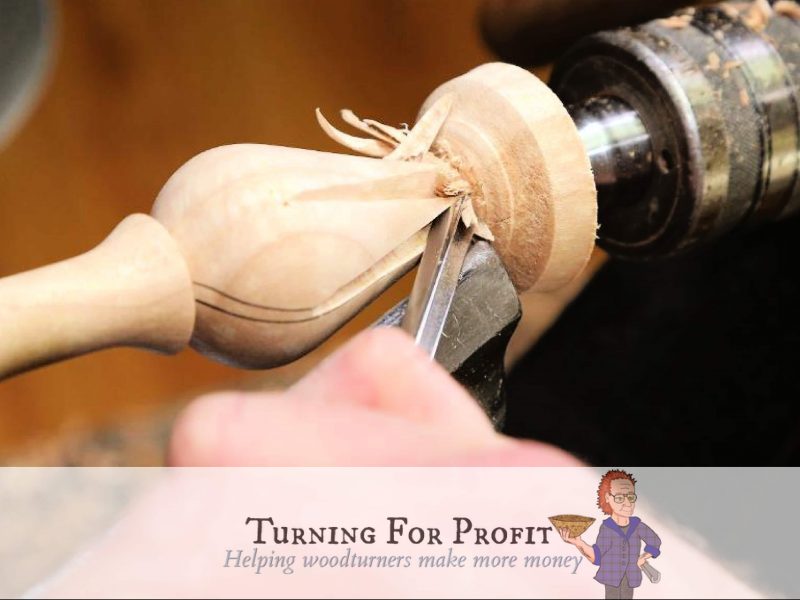

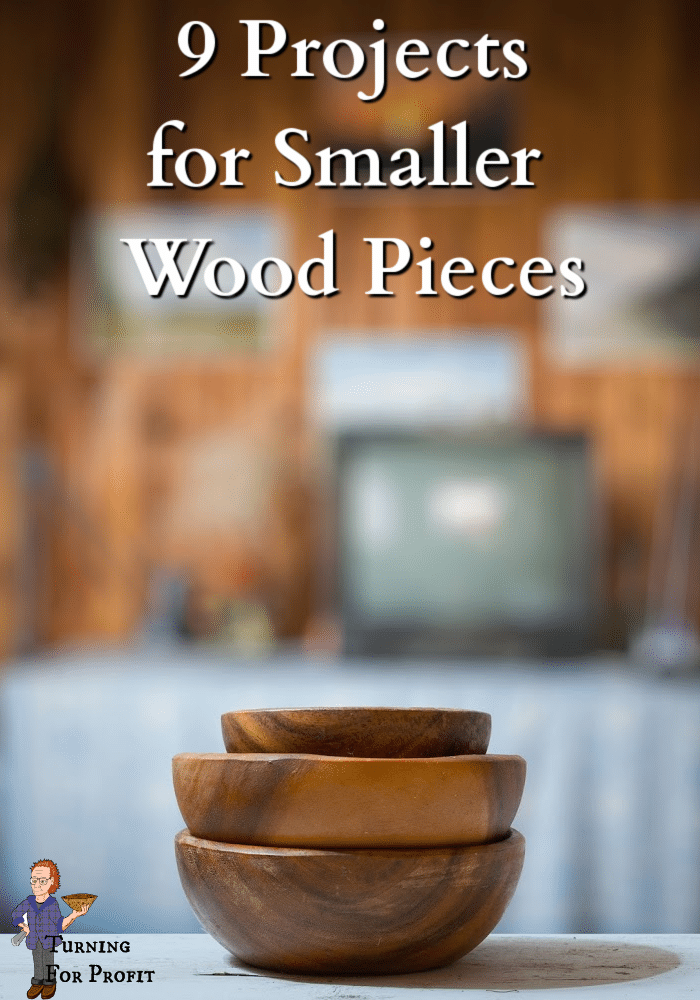
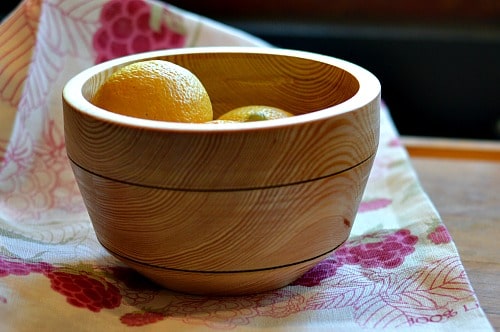
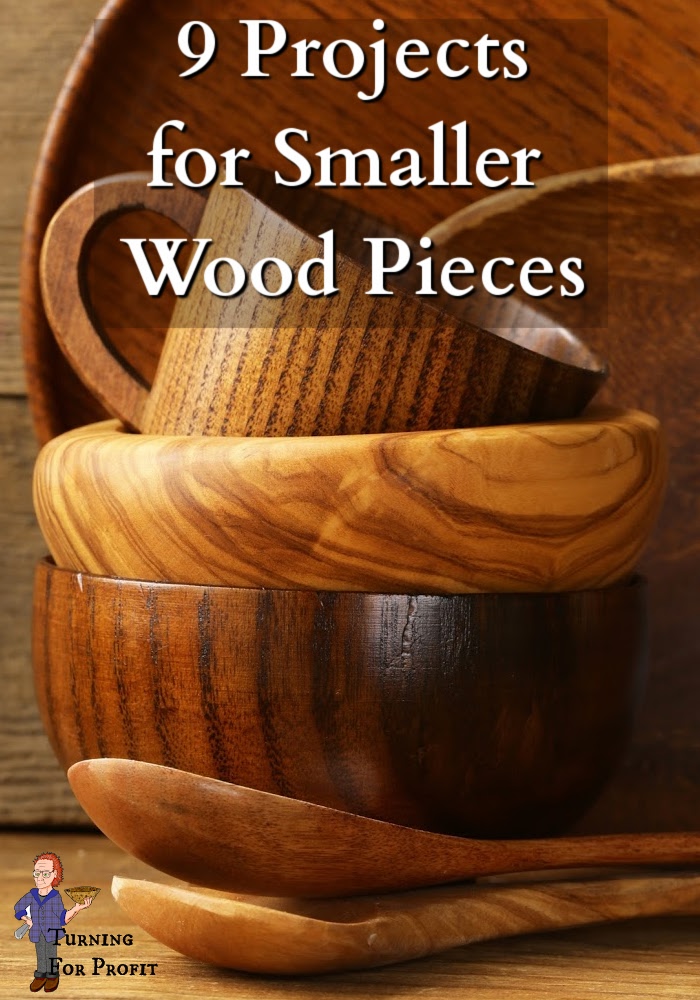
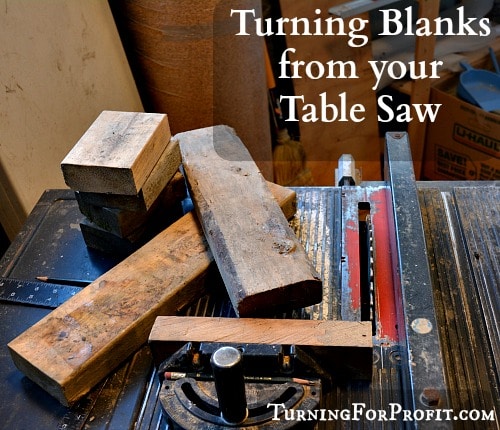
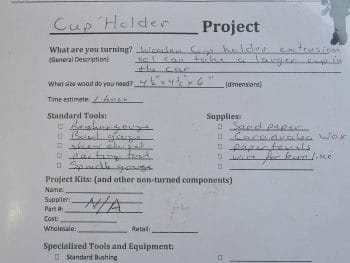


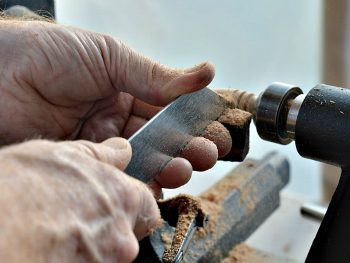
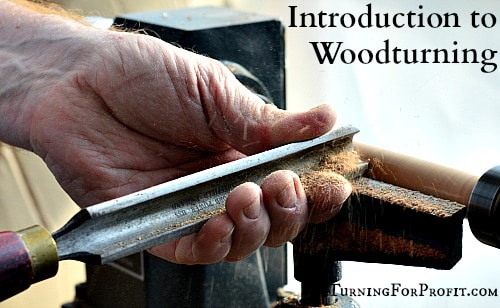
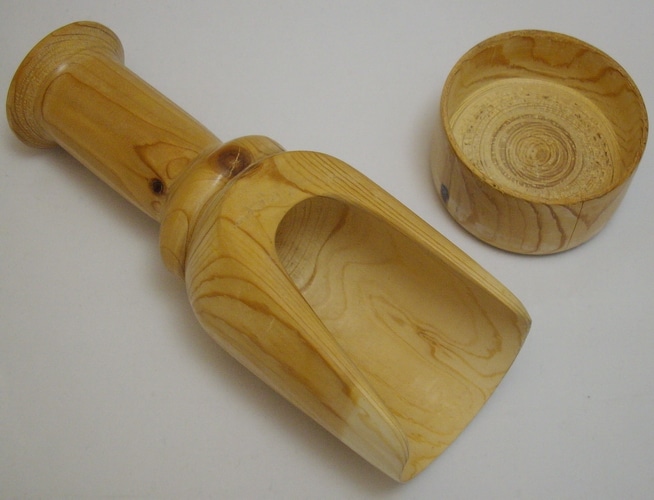



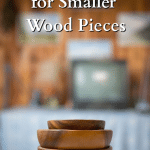
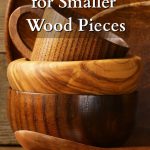
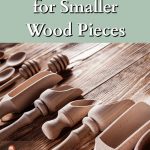
[…] or wood turning but it has some interesting characteristics to take advantage of. Utilizing local trees for turning wood is good craft […]